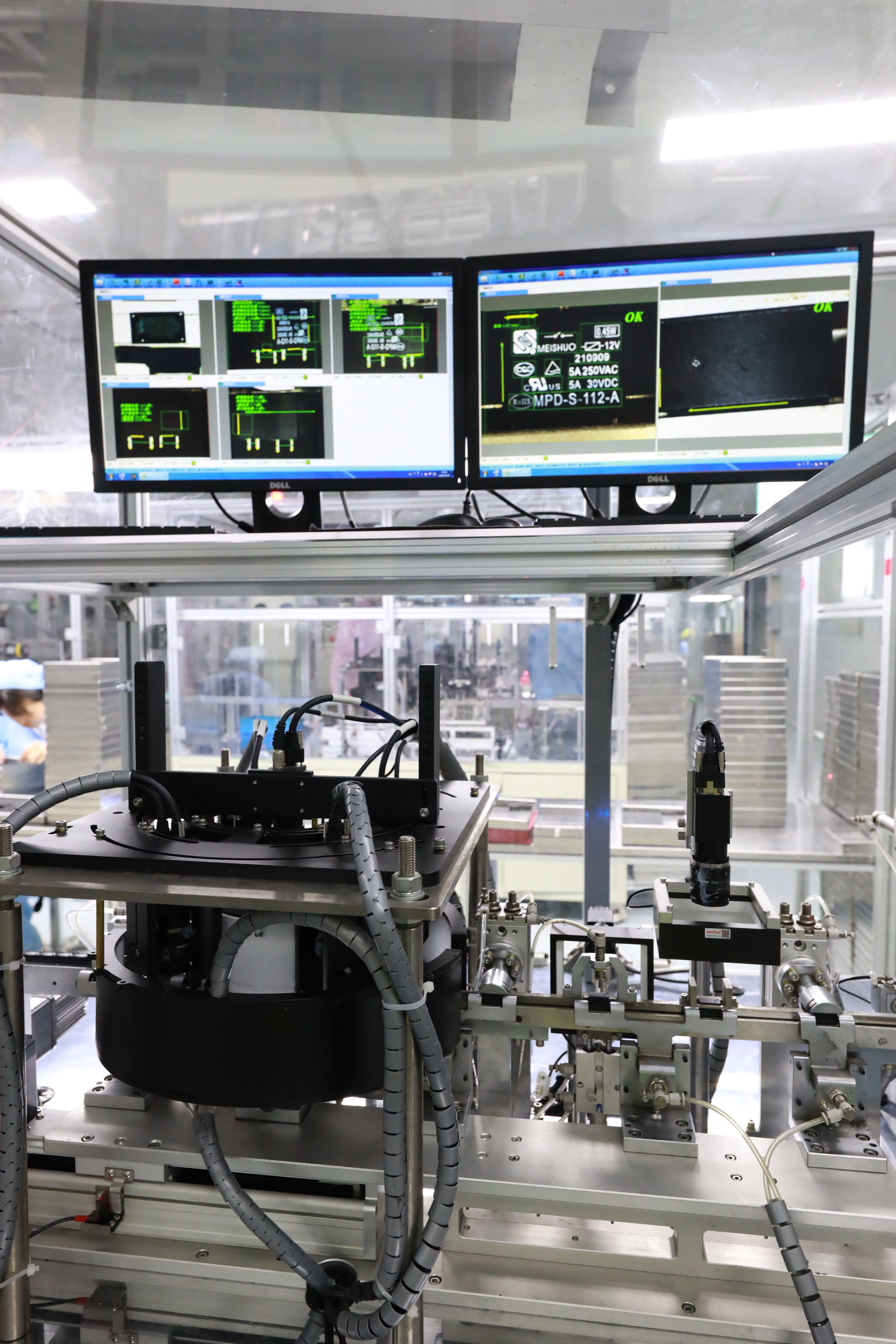relay production technology: an in-depth look at manufacturing processes
Release time:2025-11-19 21:35:41
Relay production technology involves the intricate processes used to design and manufacture relays—key components that control electrical circuits by opening or closing contacts. Relays are integral to various industries, including automotive, telecommunications, industrial automation, and home appliances. This article delves into the technology behind relay production, from the selection of materials to the final testing and packaging stages.

Materials Selection: The Foundation of Relay Production
The production of a relay begins with the careful selection of materials. Relays typically consist of three major components: the coil, the contacts, and the housing. Each of these parts requires specific materials to ensure the relay functions optimally in its intended application.
Coil: The coil is often made from copper or copper alloy wire, chosen for its excellent electrical conductivity. The wire is wound around a magnetic core, which enhances the magnetic field when current flows through it. The coil's size and design are crucial for determining the relay's switching capacity and response time.

